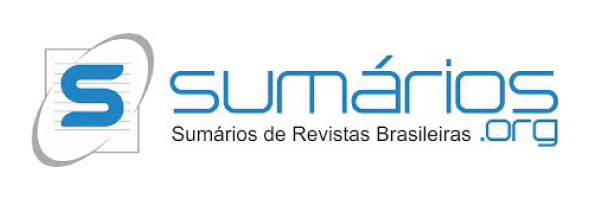Digital dental casts: a reality in clinicalpractice
Modelos ortodônticos digitais: Uma realidade na prática clínica
DOI:
https://doi.org/10.29327/25149.43.1-9Keywords:
Dental models., Analog-Digital Conversion., Orthodontic.Abstract
The introduction of digital models in orthodontics is a reality and they have been gradually replacing the physical models because they allow cost savings with molding and modeling materiais, avoid manual errors and repetitions of procedures, considerably reduce the time required for making plaster models, Eliminate the need for storage space and can be used in the manufacture of computerbased orthodontic appliances, such as the manufacture of thermoplastic aligners and bracket customization, as well as digital planning in orthognathic surgery. The objective of this article is to present, through a literature review, a new diagnostic tool represented by the digital models, discussing its advantages and disadvantages, its different acquisition methods, clinicai applicability and its accuracy and reliability. This review confirmed that the digital models obtained through intraoral scanning, molding or scanning models offer a valid alternative toplaster models since they haveproved tobe reliable and that the "software" is able to faithfully reproduce dental characteristics with a high degree of precision without compromise clinicai. The models obtained by conical beam computed tomography have moderate to high accuracy due to the presence of artifacts.













